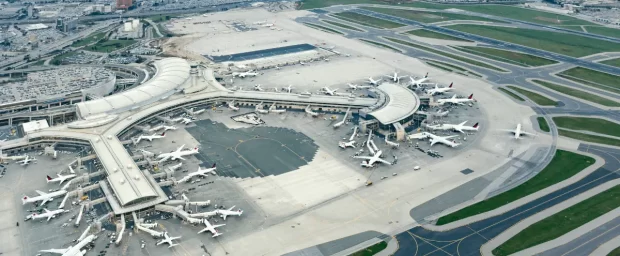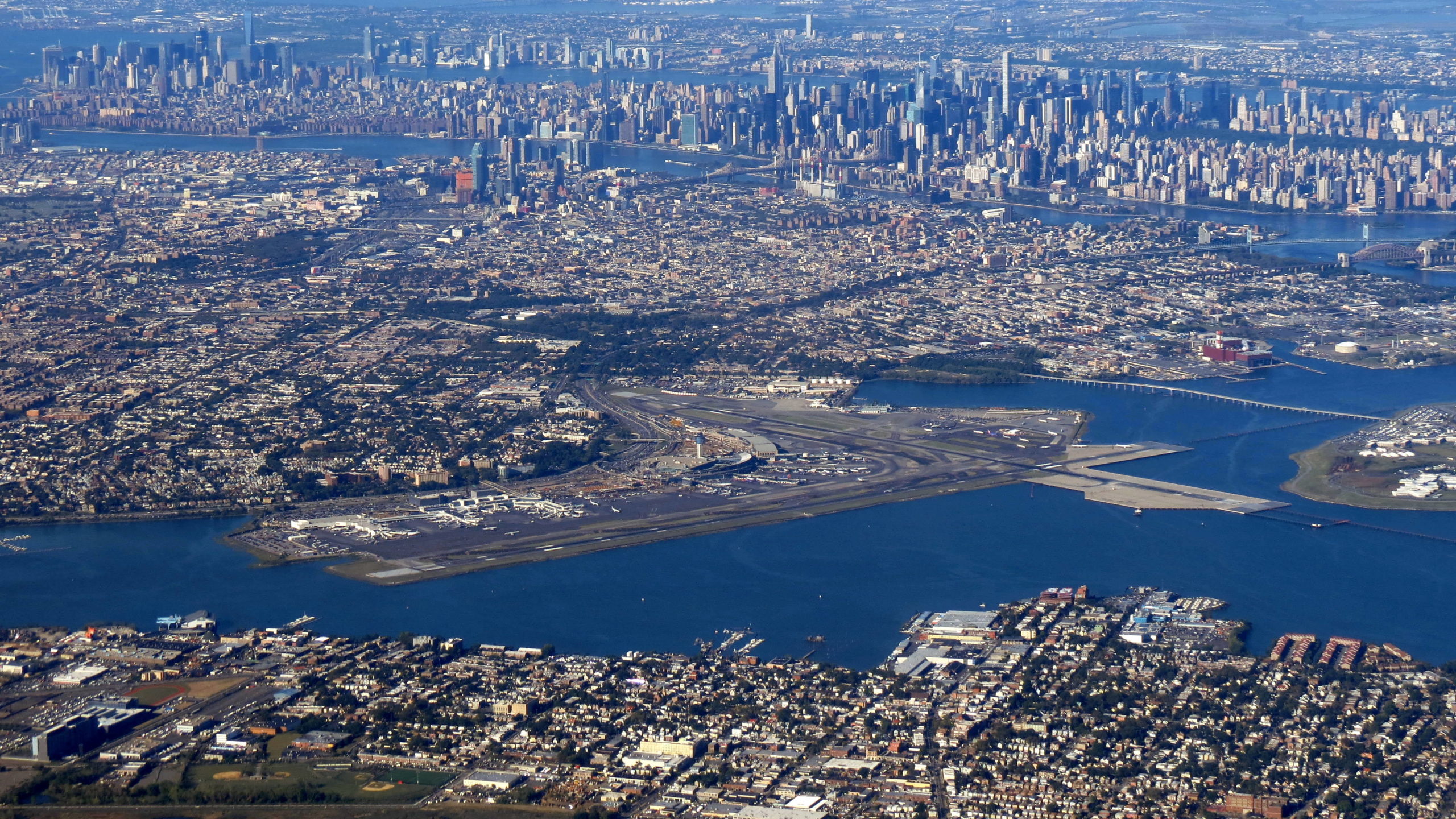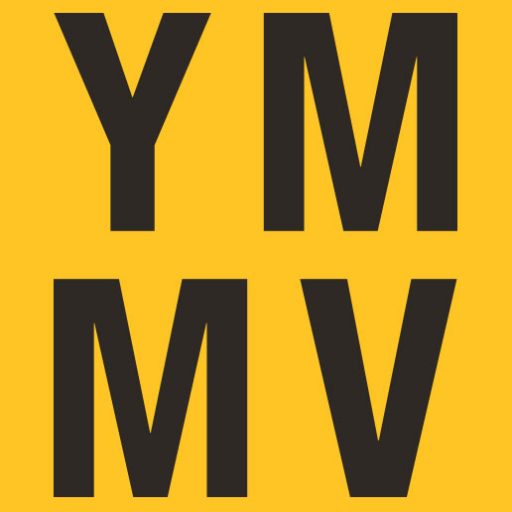lenaitch
Senior Member
So, the same thing in reverse. Keithz is correct. No airline would do that because no normal person would endure that. Feeder flights to the GTA would simply cease to exist. You want to fly to Europe? Drive to Toronto or Montreal. I doubt people in the UK are flying into City Centre or Stanstead then transiting to Heathrow.I actually meant that a flight from North Bay would no longer land at Pearson.
I live in Sudbury. That airport would no longer be serviced by Pearson either.
So, using Frankfort as an example, I would fly to Munro. I would then get on the currently non existent GO RER to Union. I would then get on the GO RER to Pearson. I would then pass through security and fly to Frankfort.
I'm not exactly sure how that could even be coded into a single ticket but, admittedly, know little about the industry.









